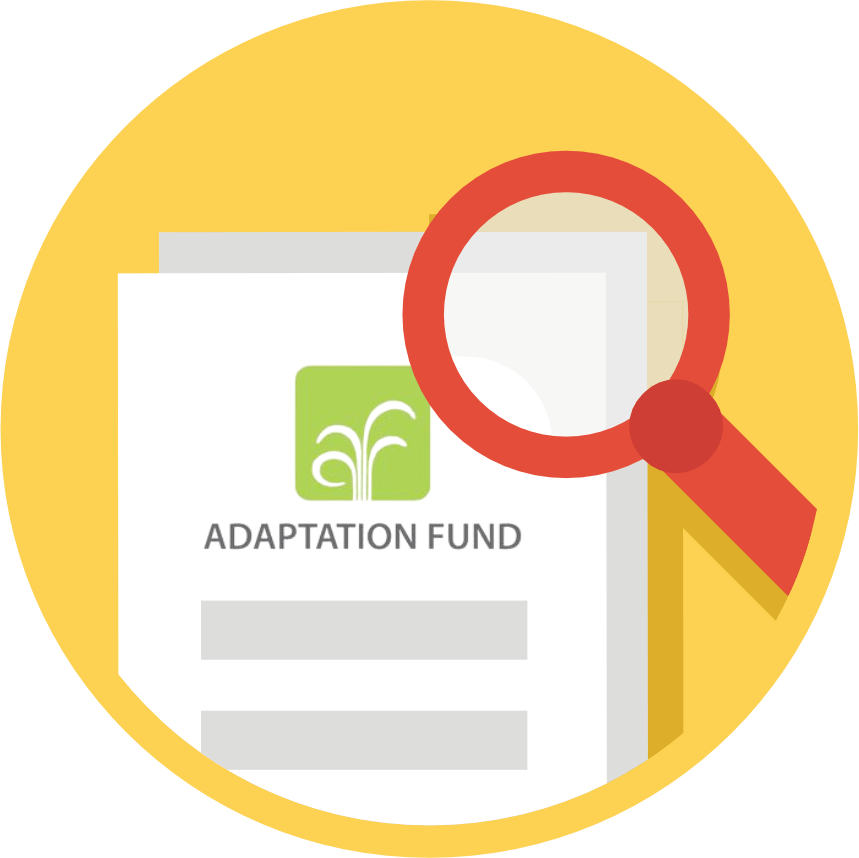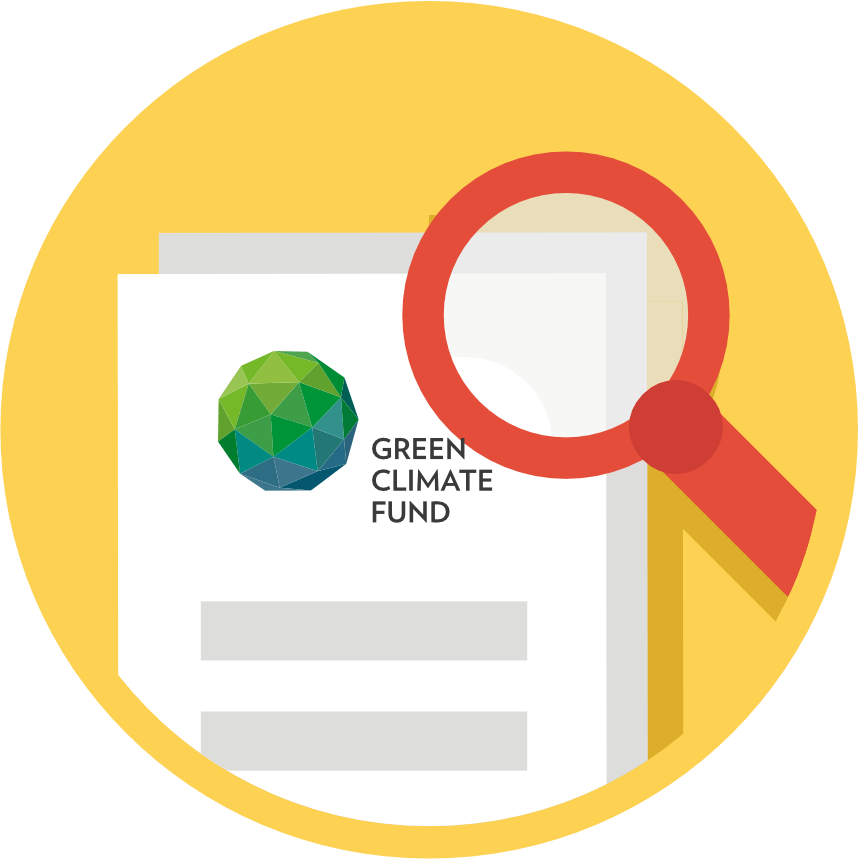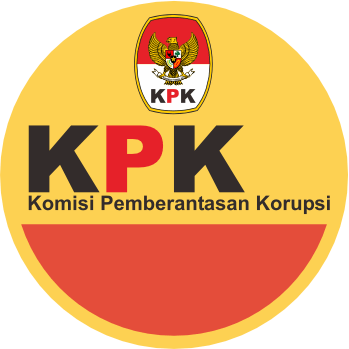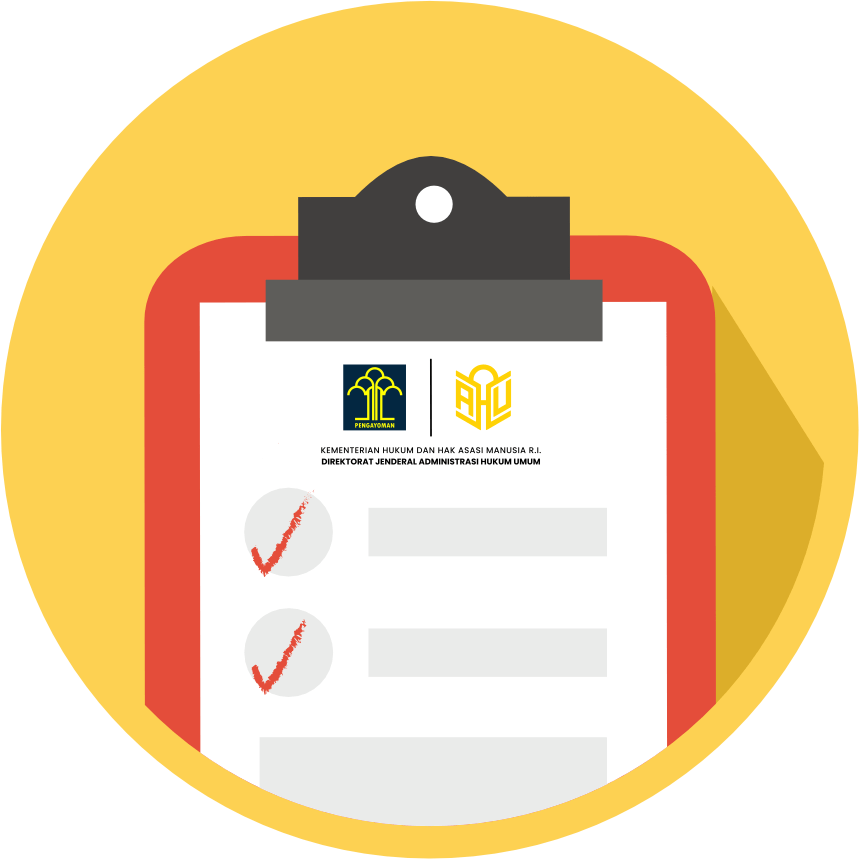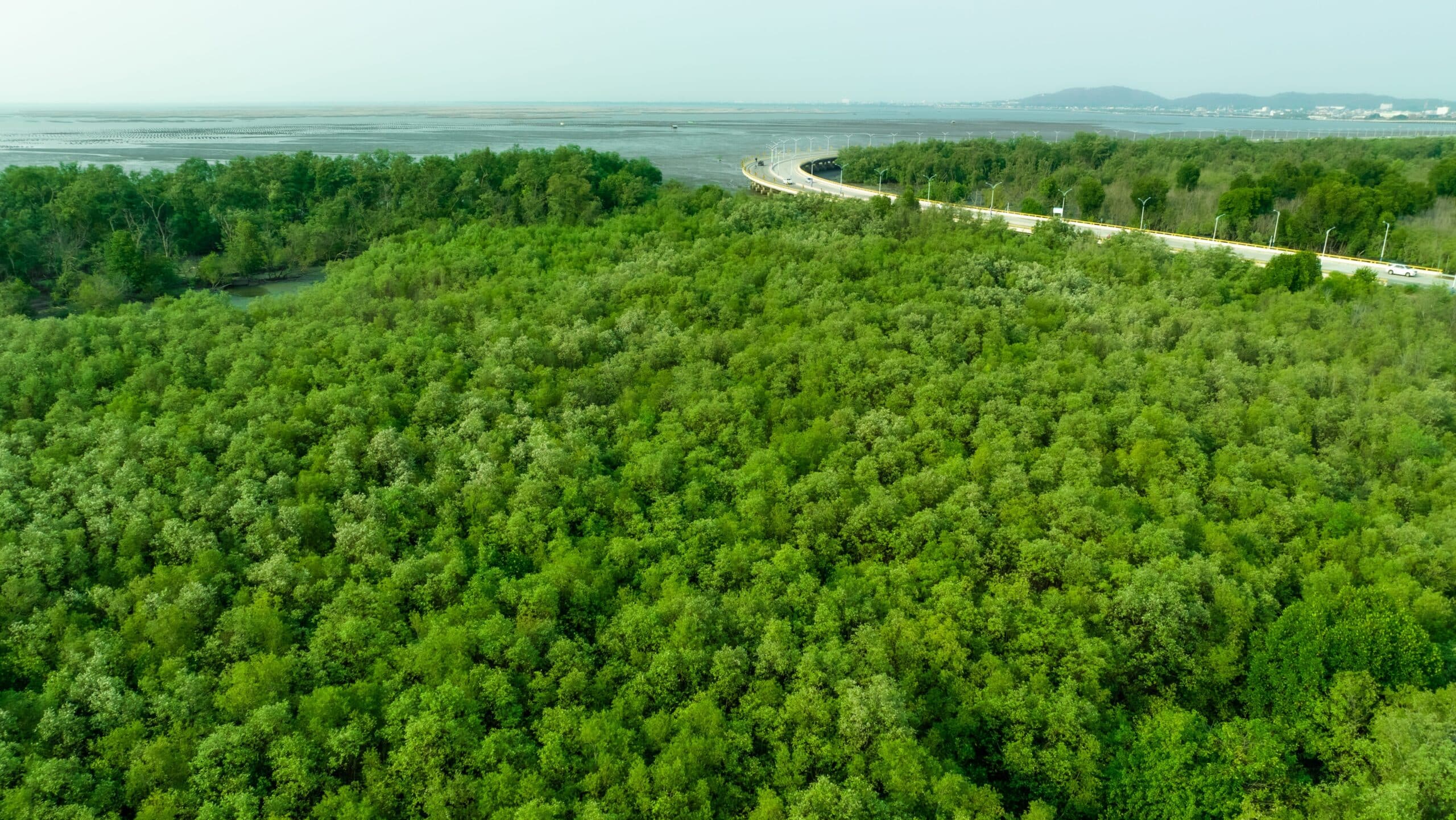

Introduction/Project Description
The East Kalimantan Jurisdictional Emissions Reduction Program (EK-JERP), supported through the Forest Carbon Partnership Facility (FCPF) funding and administered by the World Bank, seeks to incentivize reduced deforestation and forest degradation in East Kalimantan province, through payment for verified emission reductions. Revenue from the verified emission reduction payment will be distributed amongst relevant stakeholders in accordance with a pre-agreed Benefits Sharing Plan.
In 2021-2022, World Bank along with the Directorate of Climate Change Mitigation, the Directorate General of Climate Change of the Ministry of Environment and Forestry and the Provincial Government of East Kalimantan agreed on the need to implement the Enhancing Access to Benefit while Lowering Carbon Emission (EnABLE) Program to ensure distribution of the results-based payments is inclusive of historically marginalized groups. Phase I of EnABLE undertook World Bank supported technical assistance work in preparation for Phase II, this project.
Over a period of three consecutive years commencing in mid-2023, during the implementation of the East Kalimantan ERP, this project will make catalytic investments in capacity building and training and facilitation tools that can be adopted and replicated across ERP participating villages in East Kalimantan Province. Village-level facilitation will prioritize 95 target ERP villages across 3 districts. The project will have two main components and one management component:
- COMPONENT 1: Capacity building for inclusive delivery of ERP benefits. This component will focus on strengthening the capacity of government stakeholders to engage community stakeholders in meaningful and effective ways. It will include strengthening communications platforms, and training for village and sub-district and district staff on facilitation and knowledge dissemination skills and methods suited to the challenges facing communities. This component will have a specific focus on the consultation and engagement needs of women and marginalized groups within communities, with communications tools and facilitation and planning training focusing on how to engage these populations within target communities.
- COMPONENT 2: Support for inclusive livelihoods. This component will focus on supporting communities to practically participate in the ERP and hence, access benefits from the Program. It will strengthen models for mapping and developing sustainable, low-carbon livelihoods (e.g., honey, swallows,pineapple, other non-timber forest products) with a special focus on gender inclusion and recognition of the role of local and traditional knowledge in promoting livelihoods. This component will support communities and NGO partners to develop a pipeline of ‘bankable’ proposals eligible for FCPF benefits, which other communities and NGOs can learn from and replicate. This may include nature-based solutions and biodiversity positive projects[1]. Under this component, the project will select up to 150 villages for the village-level facilitation activities.
- COMPONENT 3: Project management, monitoring and evaluation, & knowledge dissemination. This component will include all costs of project management and administration, monitoring and evaluation, and communications.
[1] Refer to the Biodiversity Finance Reference Guide, IFC 2020
Related Documents :
- Environmental and Social Commitment Plan (ESCP)
- Stakeholder Engagement Plan (SEP)
- Labour Management Plan (LMP)
